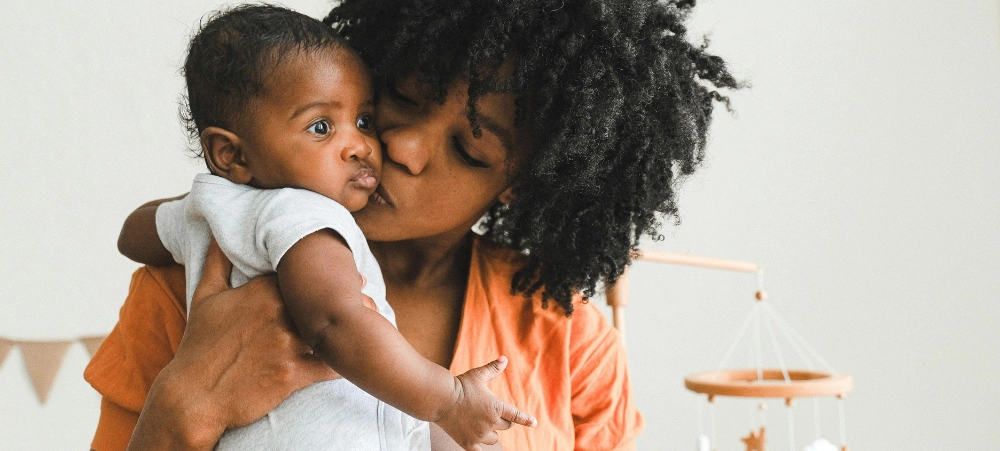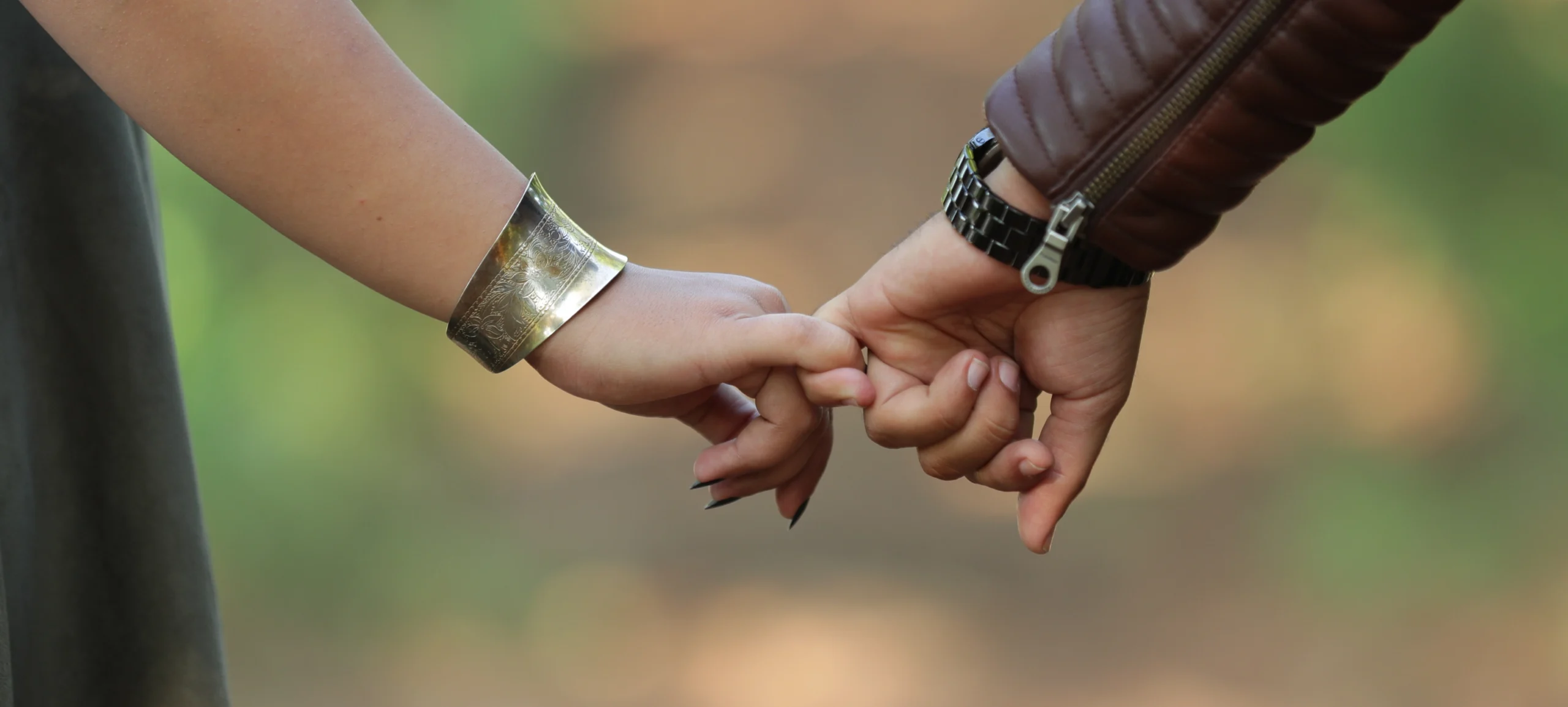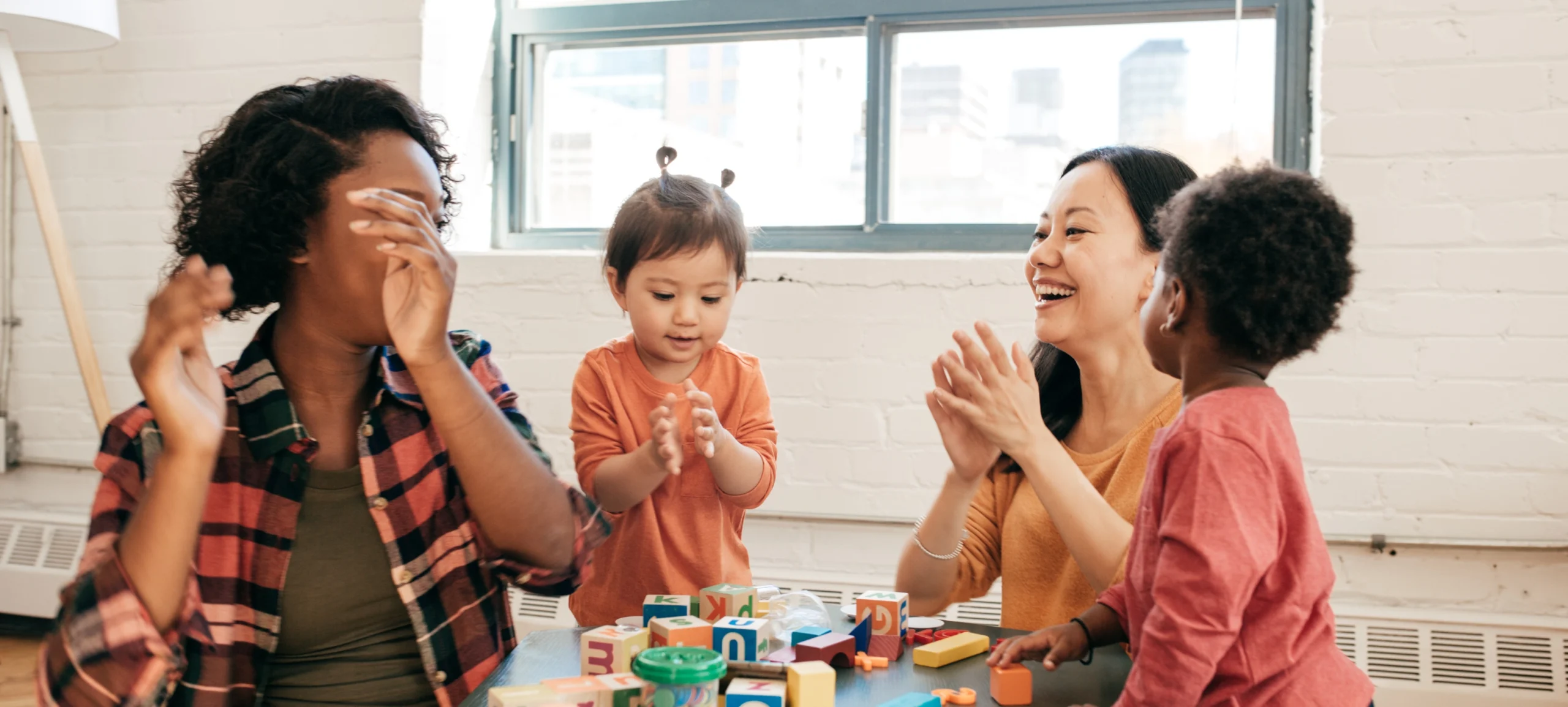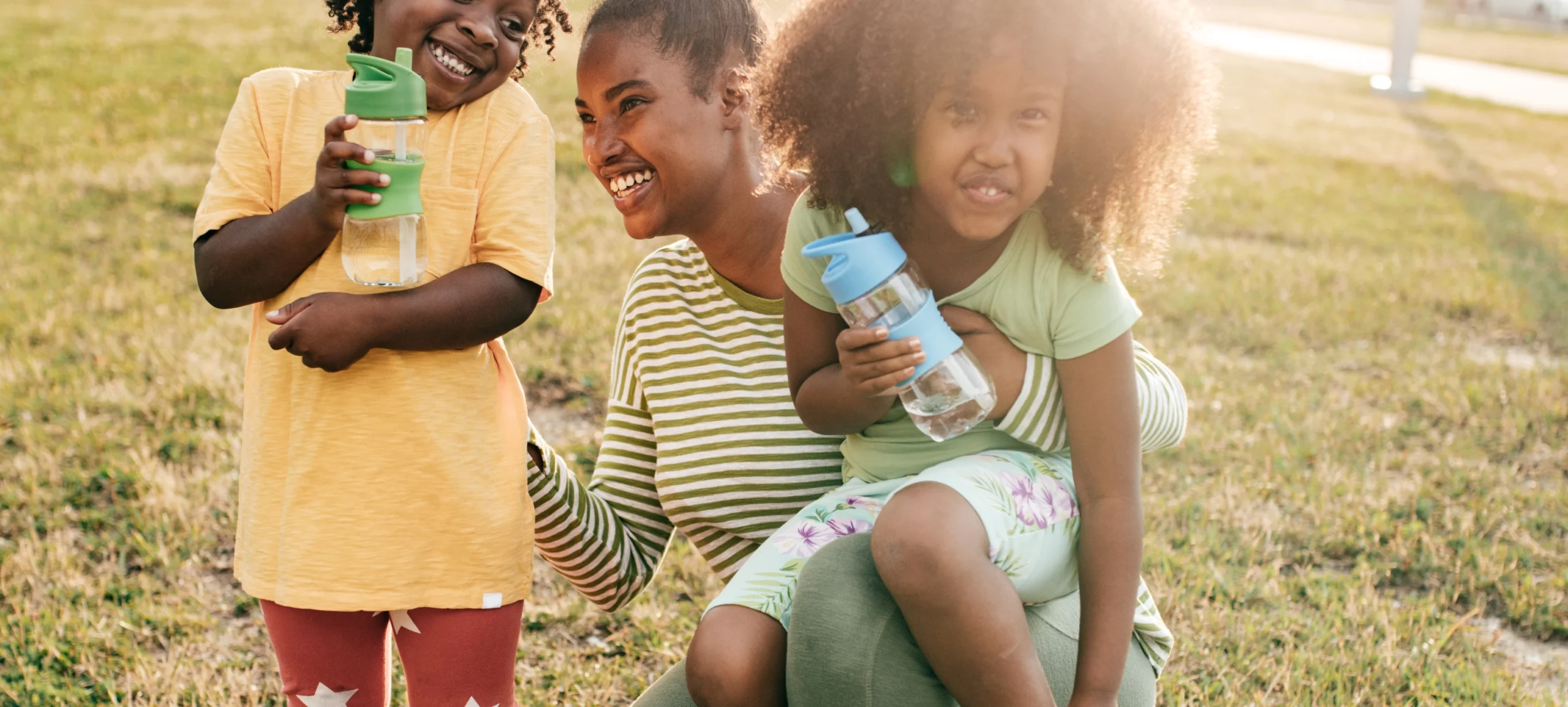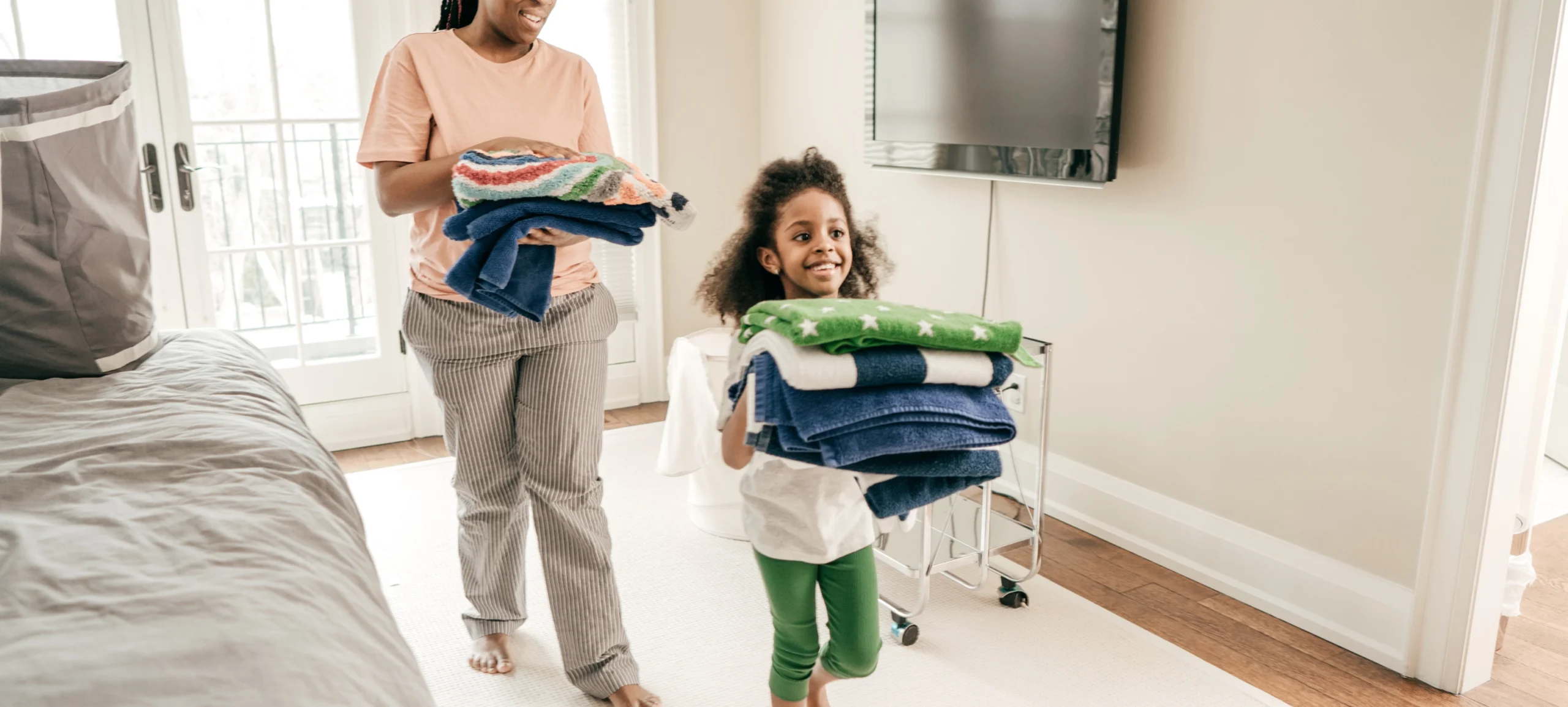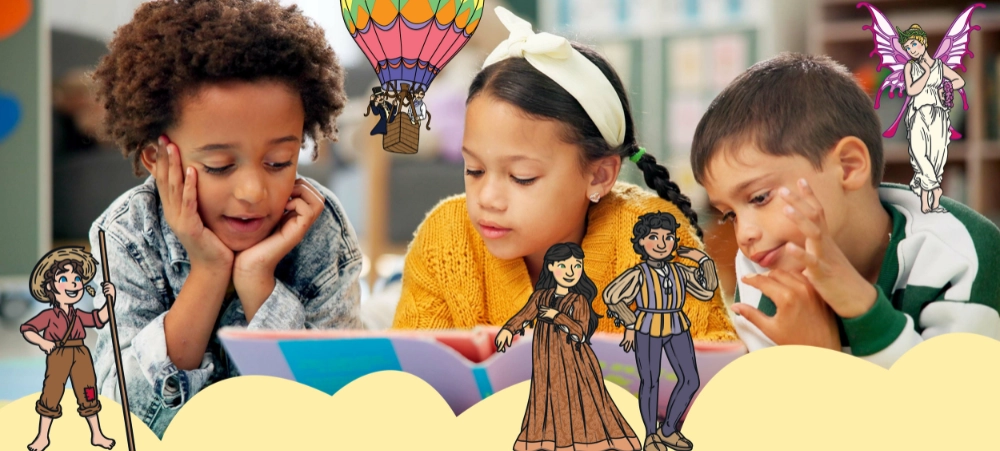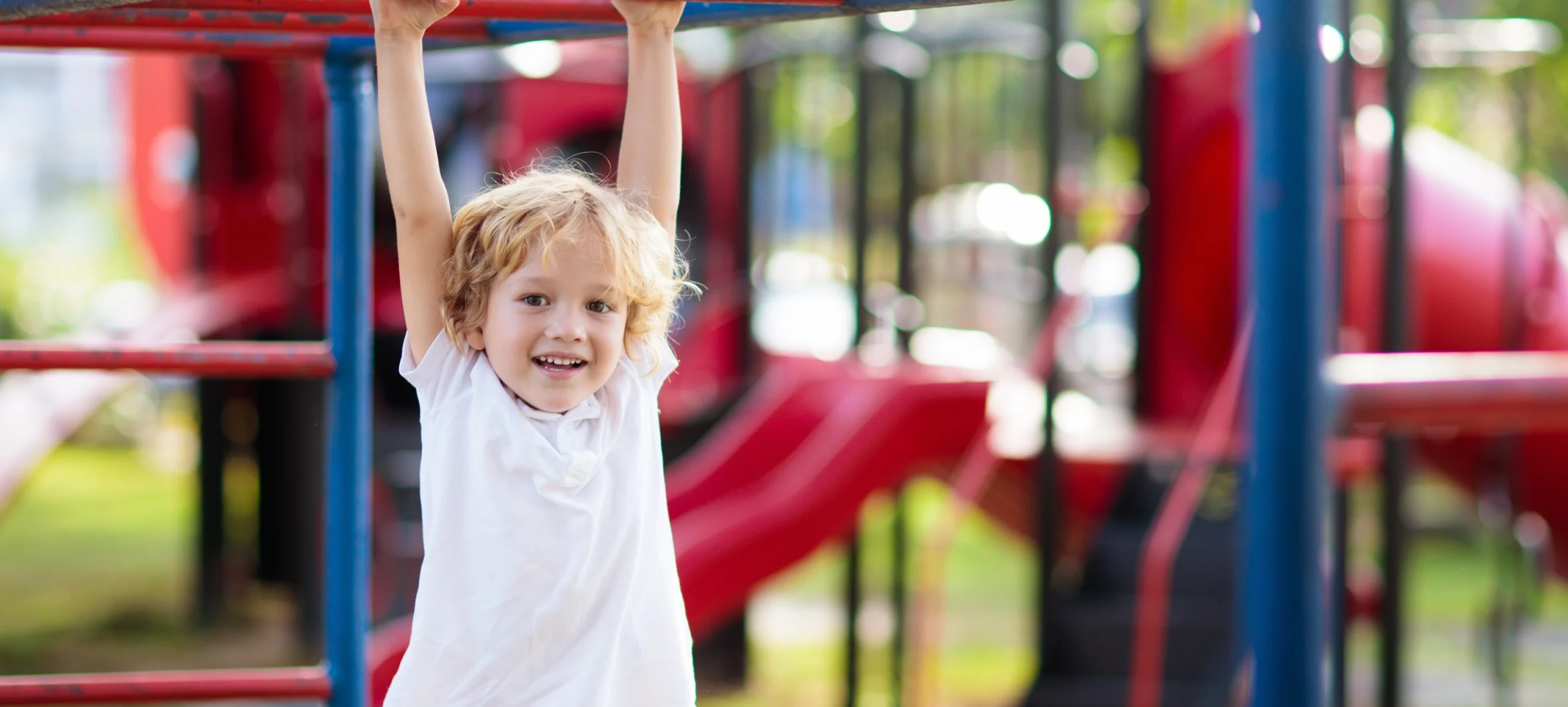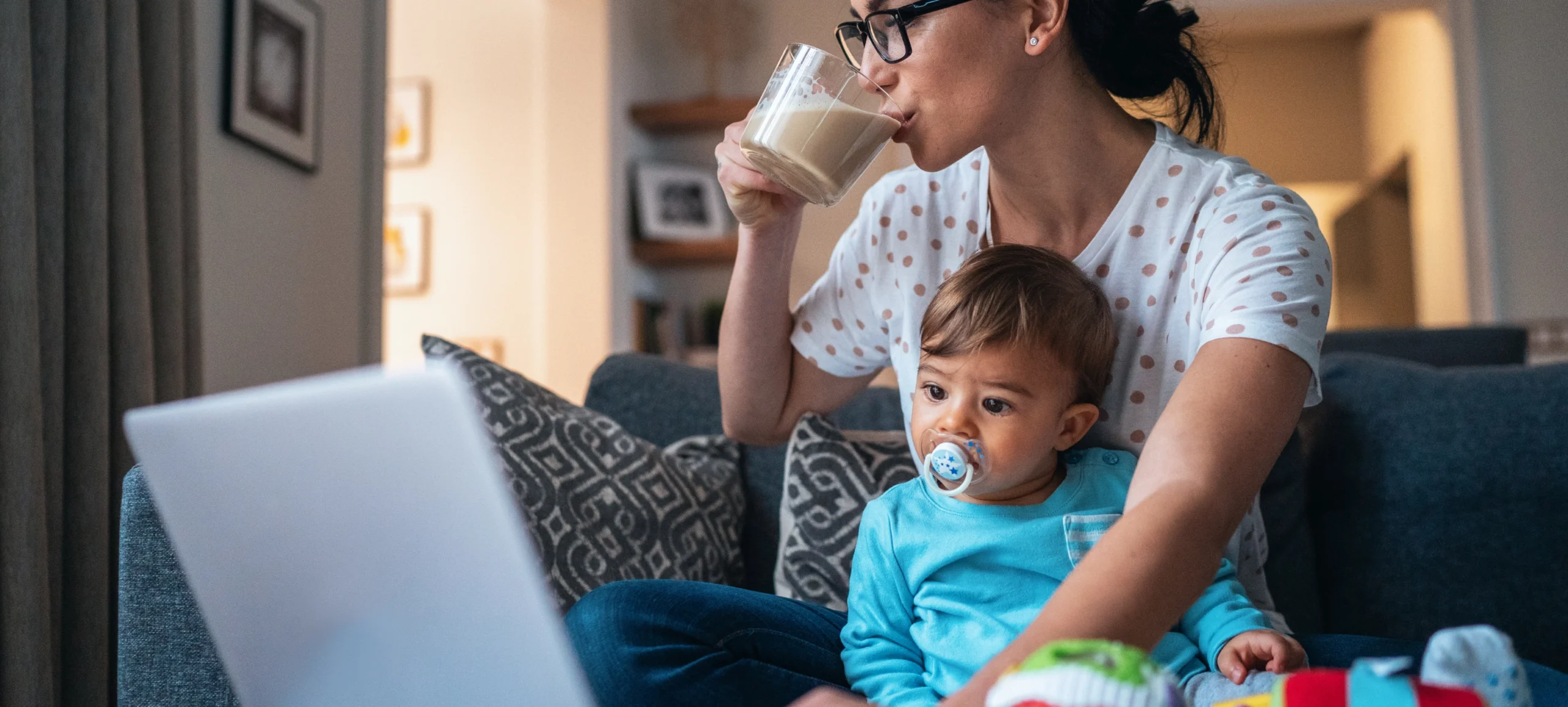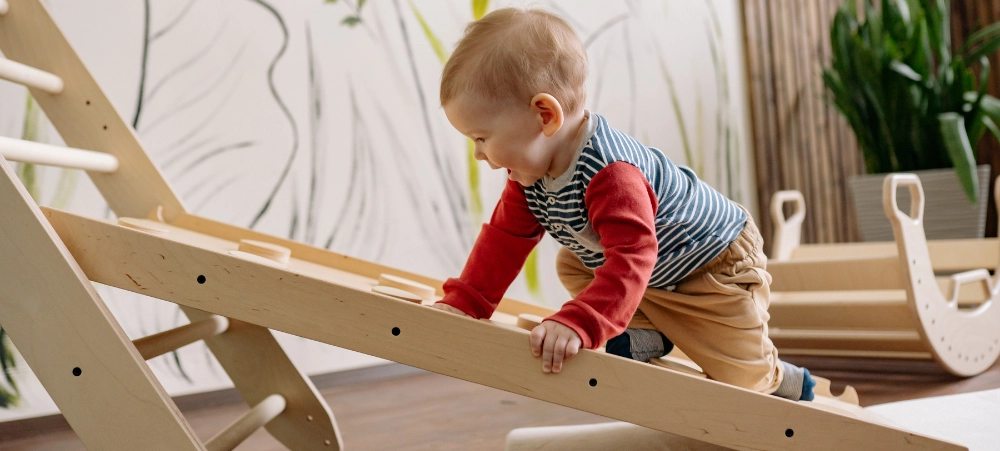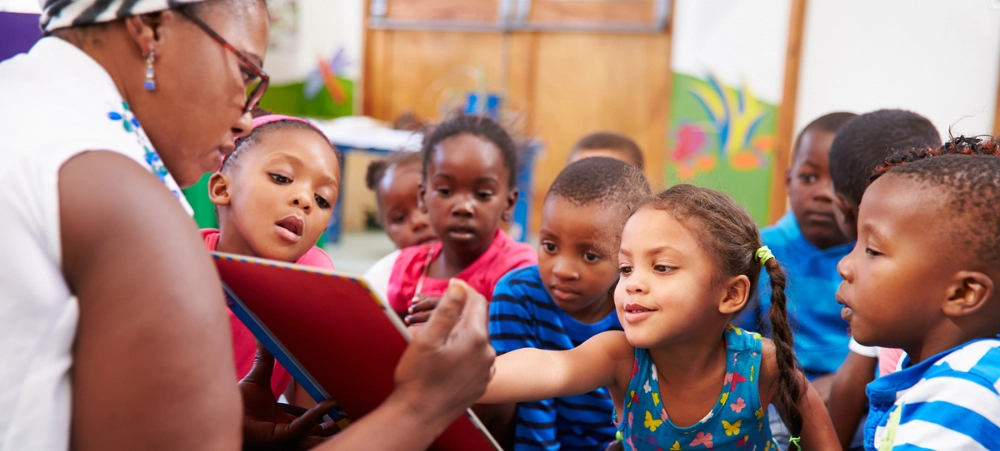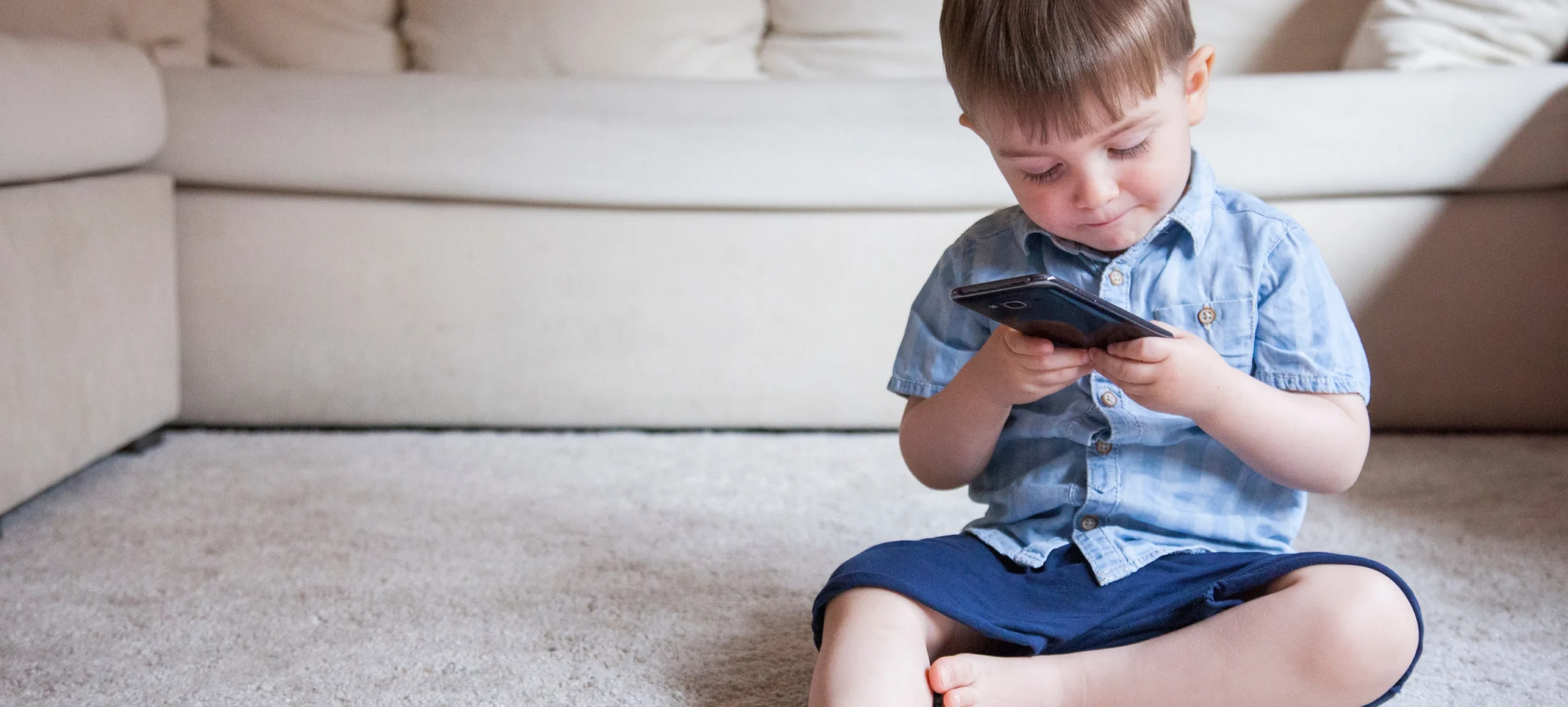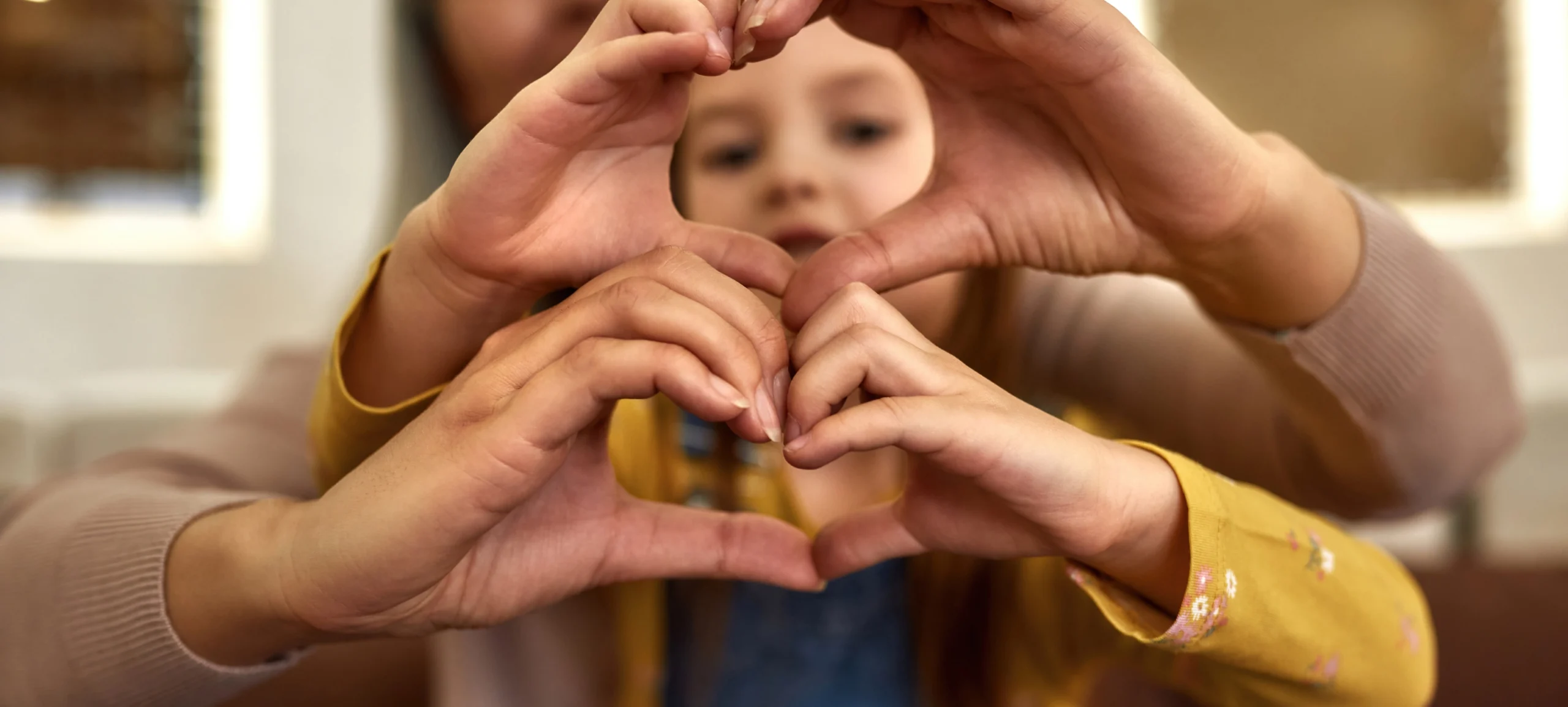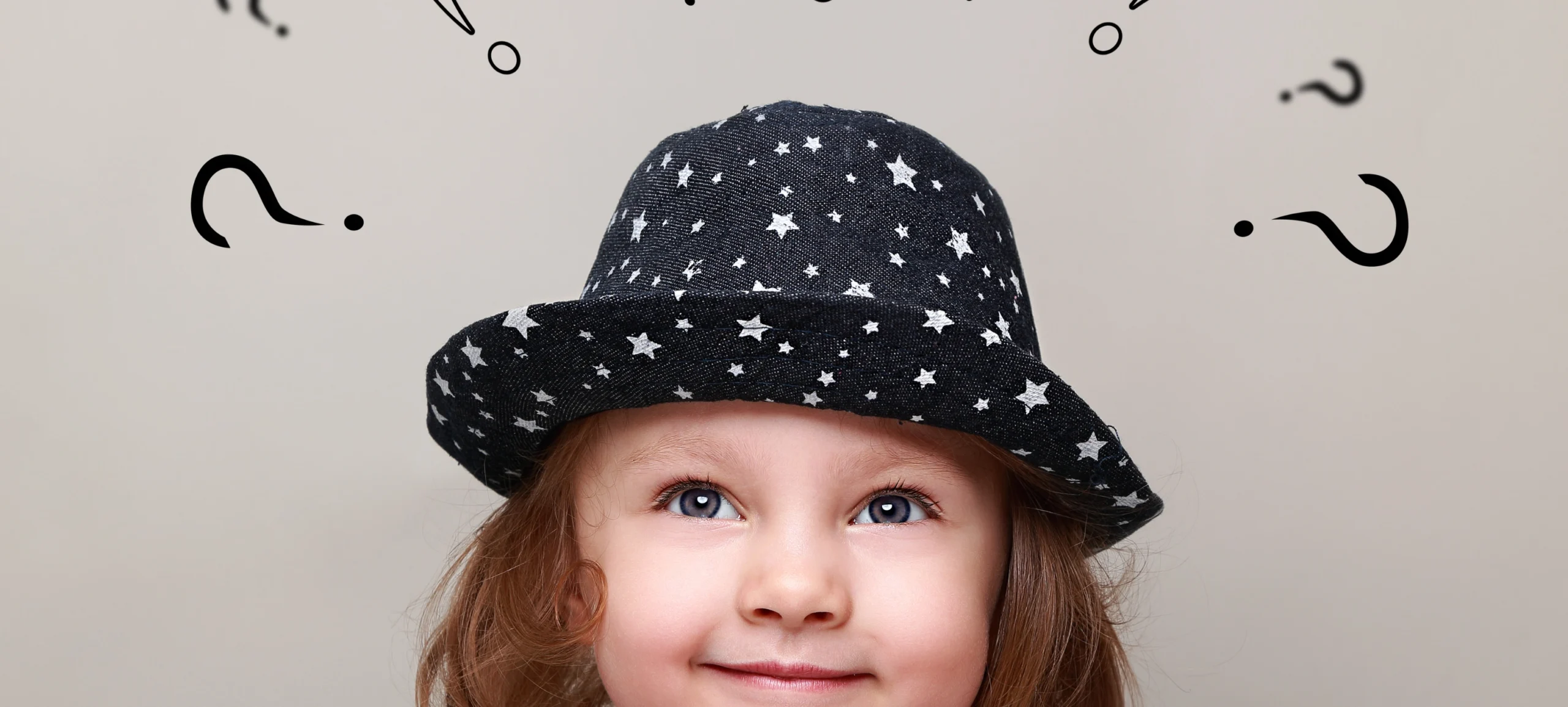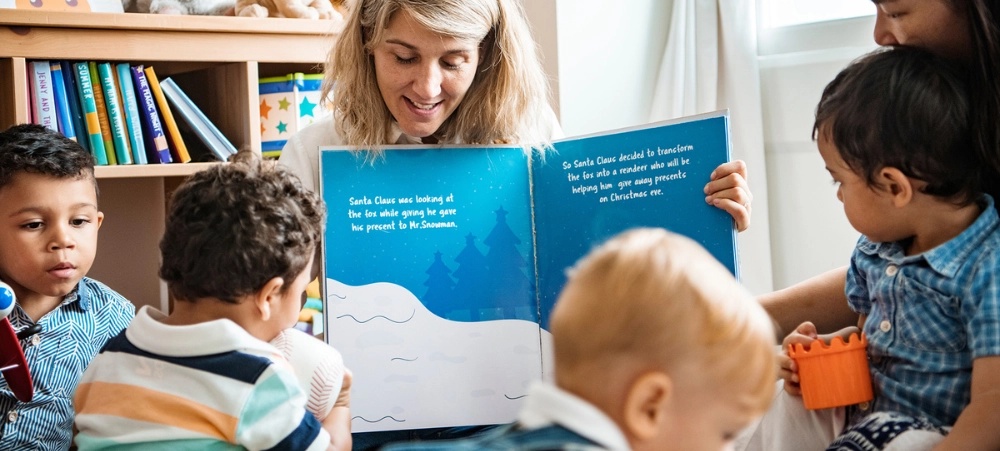Sandton City creates family-friendly facilities- Iconic mall puts families first with thoughtful upgrades
Sandton City, Africa’s most iconic shopping destination, has elevated its shopping experience with a complete refurbishment of most of its bathrooms, ensuring ultimate comfort, convenience, and choice for visitors. The upgrades include dedicated nursing rooms and purified water dispensers outside each bathroom, promoting sustainability, by encouraging bottle refills and reducing single-use plastic. Additionally, upgraded floor and wall tiling provides a sleek, modern aesthetic, while improved lighting creates well-lit and inviting spaces. The size of the toilet cubicles has been increased for added comfort and accessibility. Push-activated taps have been installed to accommodate individuals with upper limb disabilities. Privacy screens strategically placed in male bathrooms now provide added discretion. As an extension of its commitment to family-friendly shopping, Sandton City offers a full baby care lounge featuring a kitchen, baby change area, feeding rooms, and a play zone, making parenting on the go more convenient. This lounge is situated on the lower level, at entrance 4 near Checkers, and is free-to-use. For easy access to this facility, dedicated mom and tots parking bays, located the centre’s main near entrances, are marked in bright colours for easy identification, adding another layer of convenience. Sandton City thrives on being an unparalleled, world-class retail destination. With over 374 stores, the centre houses an array of highly sought-after local and international brands. To cater to evolving shopper needs, Sandton City recently welcomed Mio Mondo, South Africa’s first luxury kids and baby store, offering a curated selection of designer brands such as Kenzo, Moschino, Karl Lagerfeld, all geared for ages 0 – 16. Parents can also shop a host of family-focused retailers including Dis-Chem Baby City, Koco Bino, Cotton Kids, Keedo, and Naartjie, offering special baby and kids’ apparel and lifestyle products. “At Sandton City, we are always looking for ways to enhance the shopper experience, ensuring that every visitor, whether they’re parents with young children, business professionals, or international tourists, enjoys a world-class environment,” says Dimitri Kokinos, General Manager of Sandton City. “These latest upgrades reflect our commitment to comfort, convenience, and sustainability, reinforcing Sandton City’s position as Africa’s most prestigious retail destination.” For more information and regular updates go to www.sandtoncity.com or follow Sandton City on social media @sandtoncitymall.



